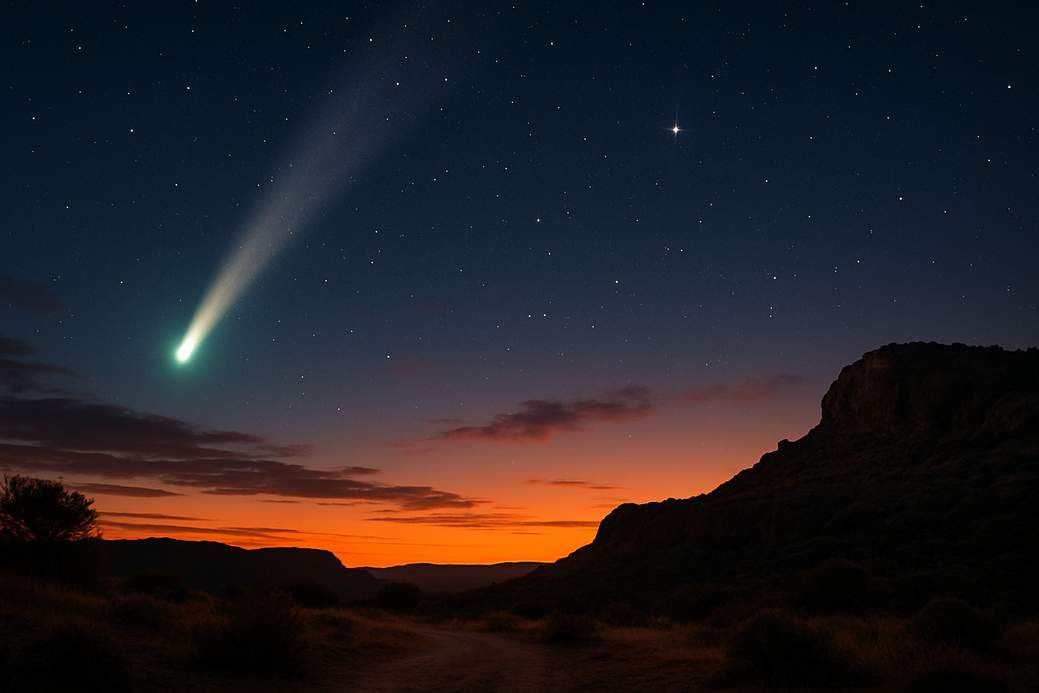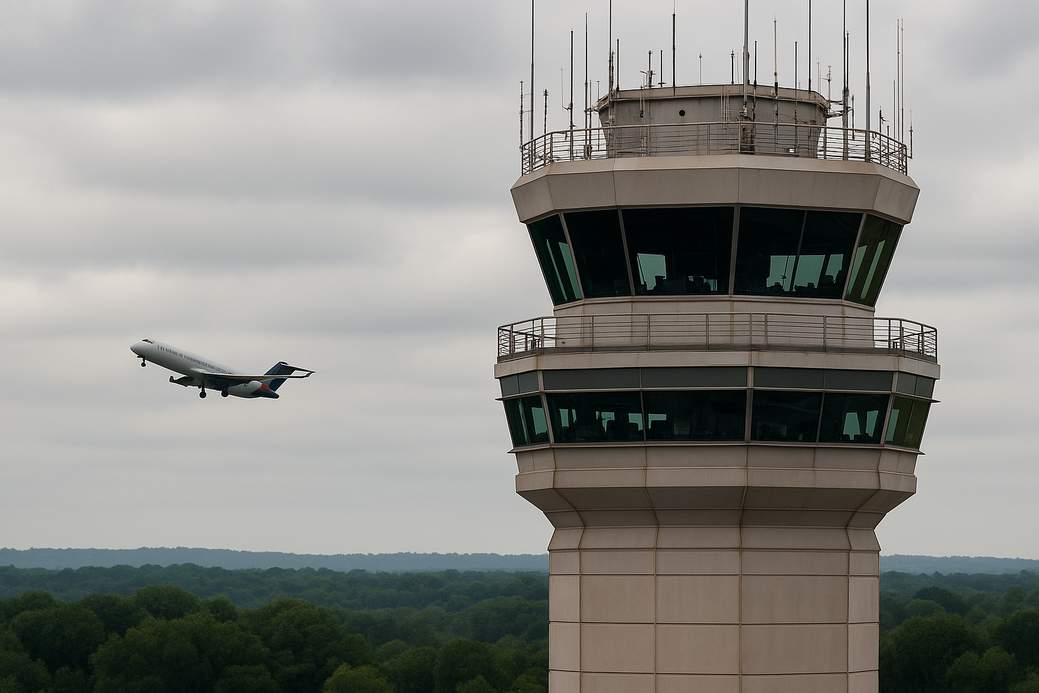What’s going on?
New York has expanded a statewide drought watch to cover 50 counties — yes, that includes places like Rockland, Orange, Ulster and Dutchess. After a pretty dry summer, groundwater and streams are running lower than usual, so state officials are asking people to be a little more water-wise for now.
Why did this happen?
Officials saw below-average rainfall in recent months and noticed stream flows and wells dipping. The governor, after talking with the state’s Drought Management Task Force and federal partners across regions (think Catskills and Finger Lakes), decided it was time to widen the watch and ask for voluntary conservation.
What does a “drought watch” actually mean?
Good news/bad news: a drought watch is the first of four alert levels, so it’s mostly a heads-up rather than a strict order. The levels go: watch, warning, emergency, disaster. Under a watch there are no mandatory limits — just friendly nudges to cut back where you can.
Easy ways to save water (no superhero cape required)
Simple steps make a difference: water lawns less often, only run full laundry loads, take quicker showers, and be mindful of unnecessary outdoor water use. If you’re on a private well, pay extra attention to changing groundwater levels and consider conserving sooner rather than later.
Which counties were added?
The newly included counties are Albany, Allegany, Cattaraugus, Columbia, Cayuga, Chemung, Delaware, Dutchess, Fulton, Greene, lower Herkimer, Livingston, Montgomery, Oneida, Onondaga, Ontario, Orange, Putnam, Rensselaer, Rockland, Saratoga, Schenectady, Schoharie, Schuyler, Seneca, Steuben, Sullivan, Tompkins, Ulster, Washington, Wyoming and Yates. The expanded watch now covers large swaths of the state, including areas just north of New York City.
Quick background on New York City
New York City had its own drought alarm last fall but was able to lift that advisory in January after a couple months of heavy rain and some early snow helped refill the reservoirs. In the past, the city even paused a major maintenance project on the Delaware Aqueduct to keep supplies flowing — a reminder that water management sometimes means making big, awkward decisions.
The bottom line
No need to panic, but do care a little: conserve where you can, especially if you rely on a private well, and keep an eye on any updates from state officials. A few small changes now can help avoid bigger headaches later.














